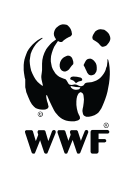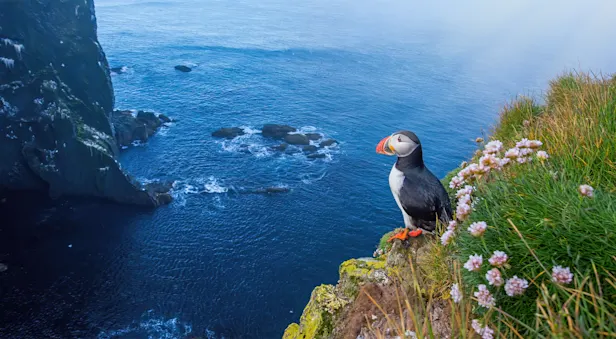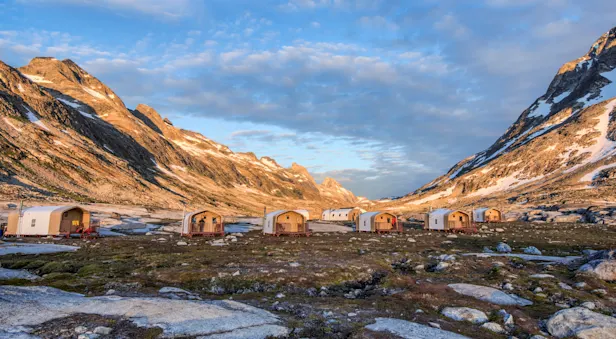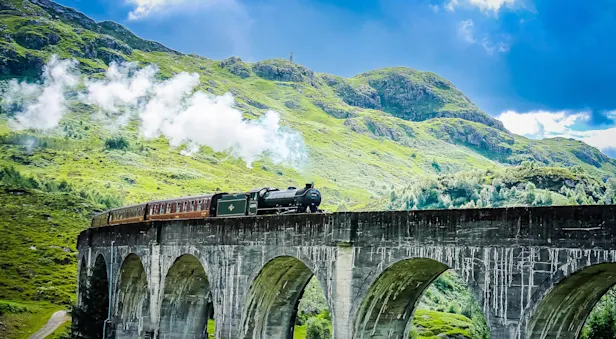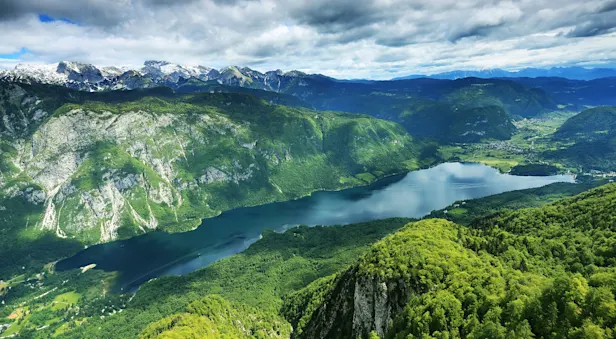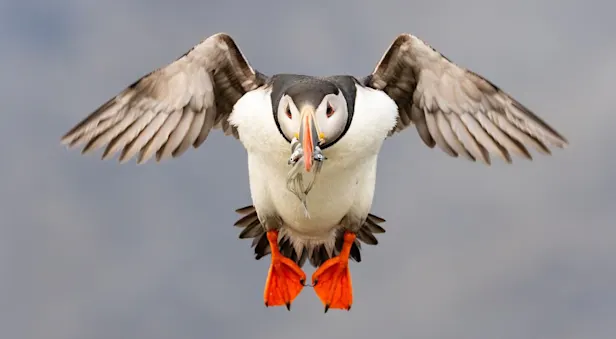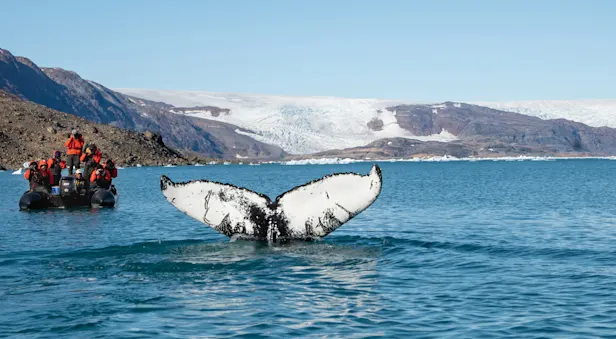Think Europe is too conventional or too crowded for a nature adventure? Think again! Our routes, far from ordinary, immerse you in experiences you won't find on typical tours. Paddle Portugal's River of Wine. Traverse Iceland's volcanic highlands by Super Jeep. Hike Slovenia's Julian Alps. Watch puffins on the outer edge of Scotland. Or, for the ultimate Europe-less-traveled adventure, explore remote East Greenland from our private luxury camp. In Europe, there's plenty of natural habitat to discover!
Classic Nature Tours
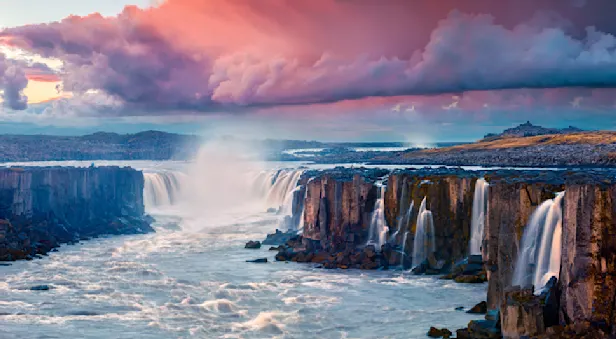
Iceland: Circling the Land of Fire & Ice
An immersive journey into the rugged grandeur of a land sculpted by intense geological forces. Make a full loop around Iceland on the most comprehensive nature adventure this compact country has to offer.

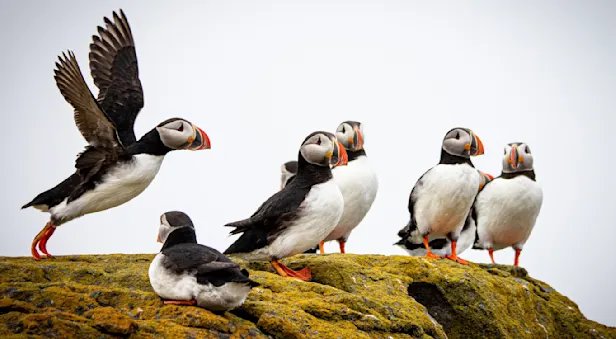
Iceland & Greenland: A Nordic Discovery
Discover less-traveled sides of these two Nordic countries on a unique itinerary that combines the geologic drama of Iceland’s rarely visited highlands with Greenland’s mighty glaciers, fjords and Inuit culture.

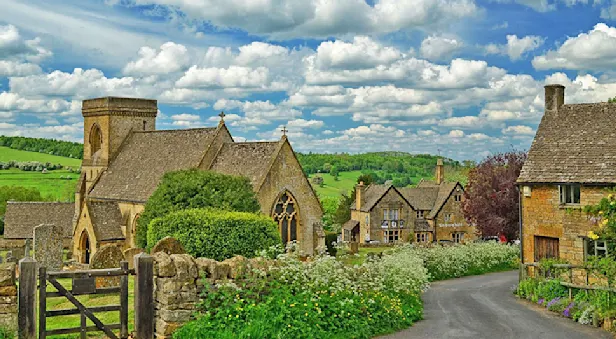
The Cotswolds: Exploring English Nature
Wander ancient beech forests and wildflower meadows, follow hedgerows and trout-filled streams, tour private gardens and meet artisan food producers, in an idyllic landscape with a focus on native habitats and conservation.


Discovering Portugal's River of Wine — 2026
Savor a little-traveled slice of Old World Europe as we explore rugged mountains, olive groves and ancient vineyards, paddle scenic stretches of the Douro River, and stay on historic wine estates

Photo Expeditions
Adventure Cruises
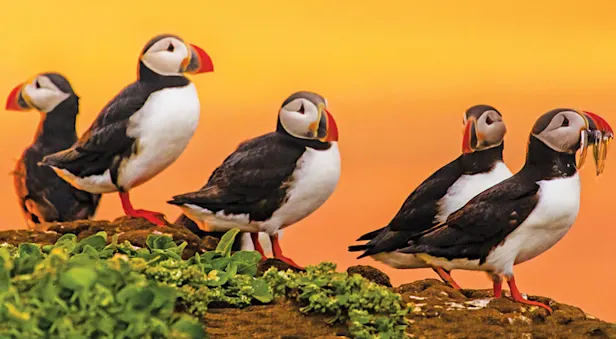
Fire & Ice: An 8-Day Sail Around Iceland
Sail around the whole of Iceland, with shore excursions and inland adventures to witness the forces of fire and ice that have formed this Nordic island nation.

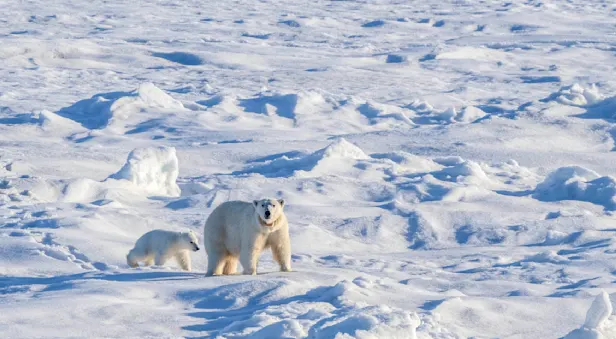
Svalbard: In Search of Iconic Arctic Wildlife
Just 600 miles from the North Pole, the remote island of Svalbard offers one of the best opportunities to see polar bears in their natural habitat, on the sea ice.

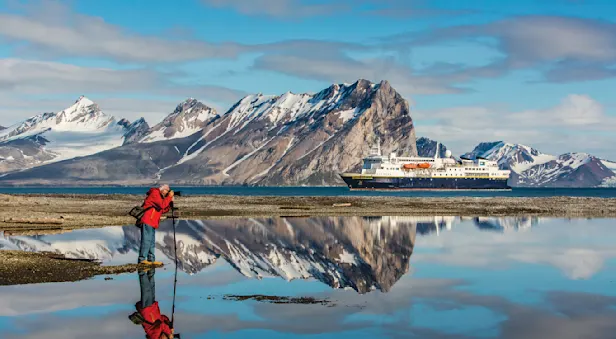
Norwegian Discovery: Svalbard and the Northern Fjords
Explore the nooks and crannies of Norway's fjord-carved coast and continue to High Arctic Svalbard, home to polar bears and abundant northern wildlife.

